Your spring bulbs have bloomed — 7 things you need to do next
Easy ways to care for spring bulbs after they flower
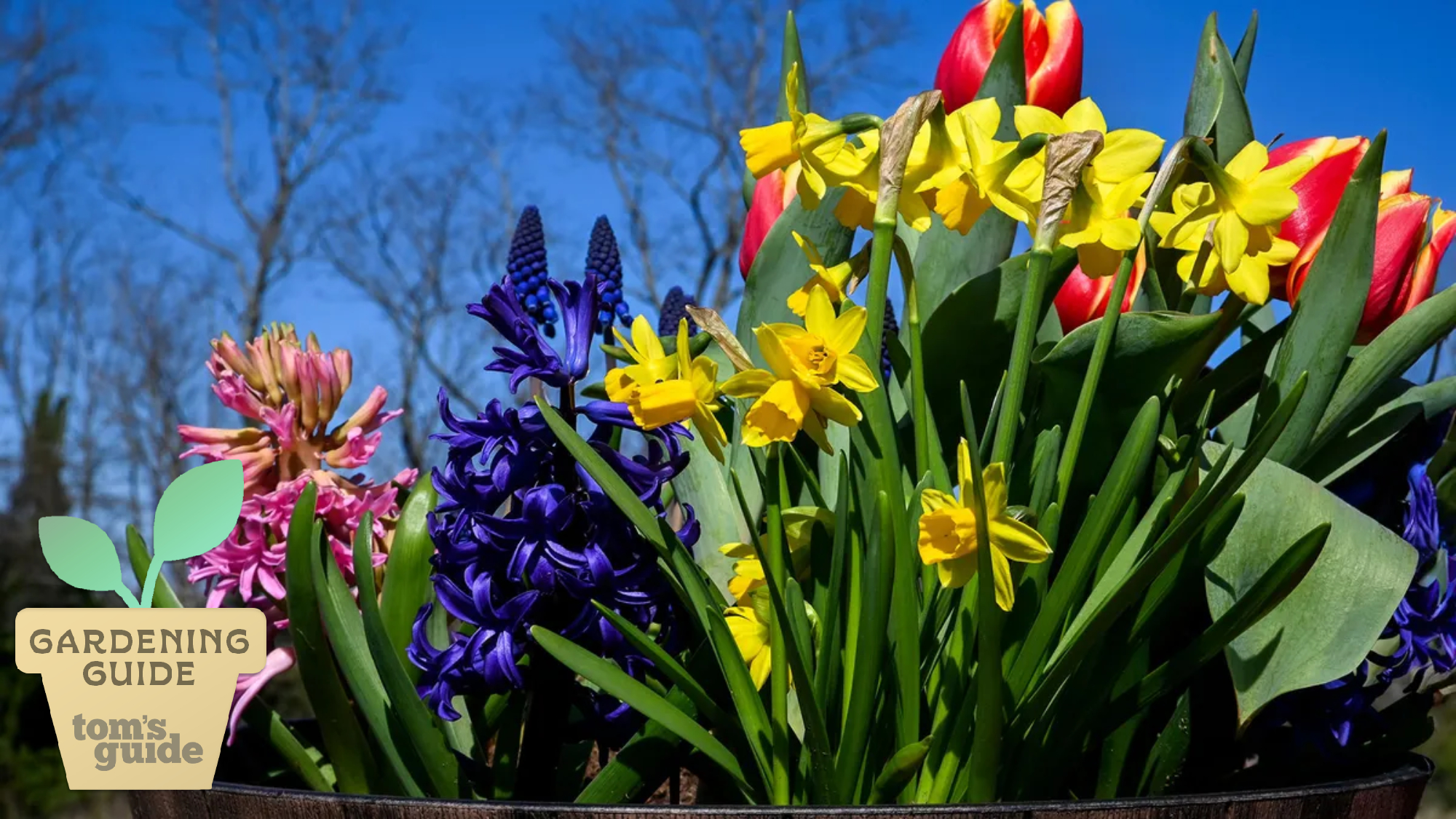
Spring gardens are finally bursting into color, but as the last tulips droop and daffodils fade, it’s time to shift your attention from flowers to foliage.
This Gardening Week, the focus isn’t just on planting — it’s also about preserving what you’ve already grown. Your Spring-flowering bulbs might have finished their show, but how you treat them now can mean the difference between a full bloom next year or a disappointing no-show.
From deadheading to disguising dying leaves, these practical aftercare tips will keep your garden tidy without compromising next season’s success.
Here’s how to care for your spring bulbs once they’ve flowered, and why the work isn’t over just yet.
Why bulb aftercare matters
Spring flowers might steal the show in April and May, but what you do after they bloom plays a huge role in next year’s display.
Whether you're dealing with daffodils, tulips, or crocuses, your bulbs are quietly recharging beneath the surface. Neglect them now, and you'll likely see fewer flowers, or none at all, when next spring rolls around.
By giving your bulbs a little care after their moment in the spotlight, you’re setting them up for a better growing season ahead. It’s one of the most important (and most overlooked) jobs of Gardening Week.
Sign up to get the BEST of Tom's Guide direct to your inbox.
Get instant access to breaking news, the hottest reviews, great deals and helpful tips.
How to care for your spring bulbs once they've finished flowering
1. Let the foliage die back naturally
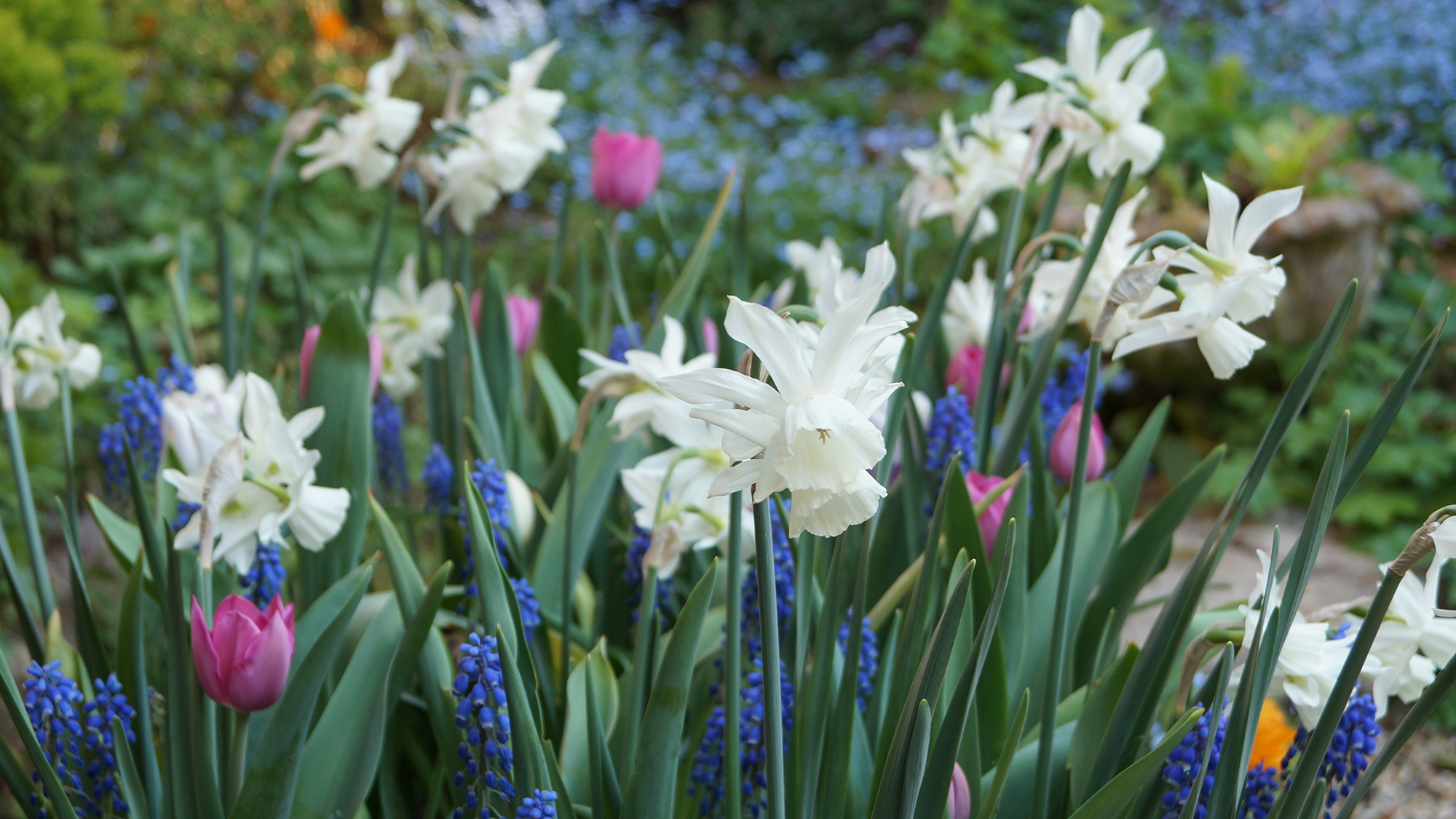
After the blooms fade, it can be tempting to tidy up your garden beds straight away, but resist the urge to cut things back too soon.
The green leaves that remain are doing an essential job, continuing to photosynthesise and send nutrients back into the bulb for next year’s growth. This energy conversion helps ensure strong blooms come spring.
Give the leaves at least six weeks to yellow and die back completely before removing them. Cutting too early interrupts this process and can lead to fewer or weaker flowers the following season.
Although it might look neater, avoid tying leaves into bunches or braiding them. Doing so reduces the leaf surface area exposed to light, limiting photosynthesis and ultimately weakening the bulb.
Let them flop naturally. It's messy now, but rewarding later.
2. Deadhead spent flowers
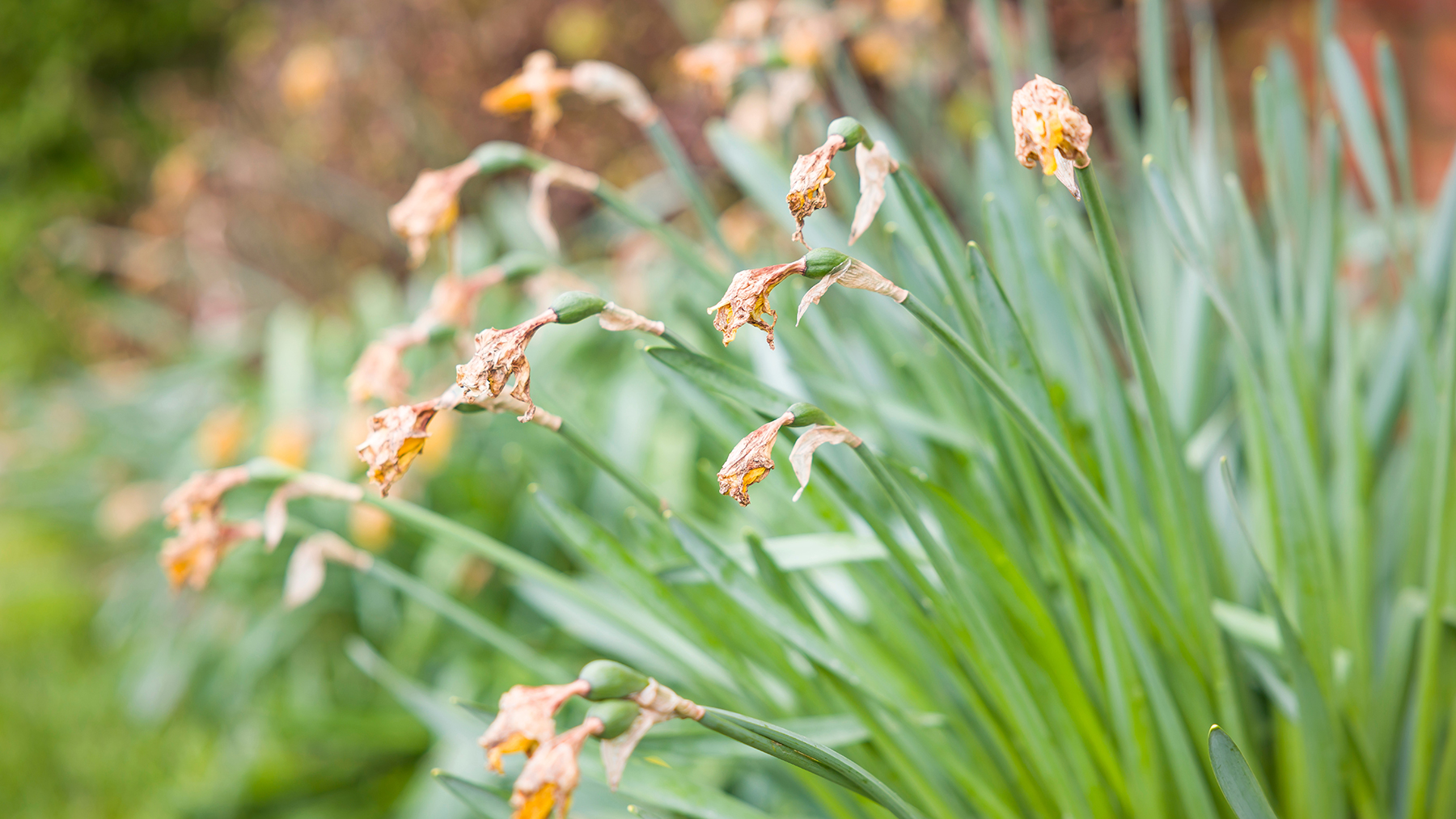
Snip off faded or wilted flowers once the bloom is spent. This prevents the plant from putting energy into producing seeds.
Seed production drains valuable resources that would be better stored in the bulb for next year’s growth. By removing the flower heads promptly, you help redirect that energy where it matters.
As mentioned in the previous step, it's also important to resist the urge to cut back the leaves. Even if the foliage starts to yellow or flop over, it's still photosynthesizing — turning sunlight into stored food for the bulb below.
This is especially important for bulbs like daffodils and tulips, which are prone to weakening if they’re cut back too soon. Let the leaves die down naturally, and only remove them when they come away with a gentle tug.
3. Ease off on watering as bulbs go dormant
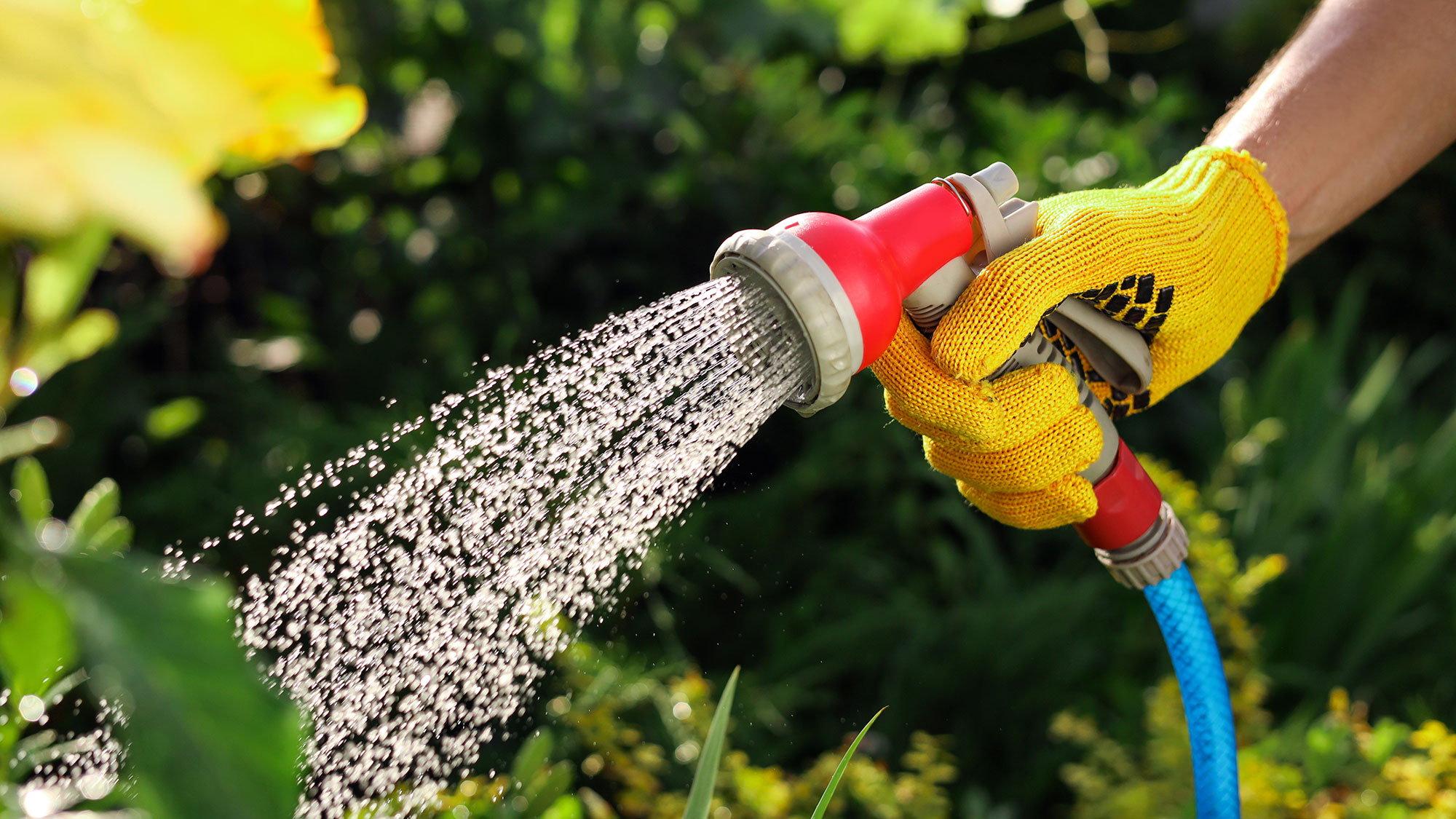
Once the leaves start to yellow and flop, it's a signal that your spring bulbs are entering dormancy. At this stage, they no longer need the same level of moisture, so gradually reduce how often you water them.
The bulb is no longer actively growing above ground and is instead focusing on conserving energy below the surface. That said, don’t let the soil dry out completely. Aim to keep it just lightly moist, especially if the weather is warm and dry.
Overwatering at this point can do more harm than good, particularly in heavy or poorly draining soil where excess moisture can lead to rot. If you’re working with containers or raised beds, check that water isn’t pooling around the base.
A little attention now can prevent losing bulbs to soggy conditions.
4. Know which bulbs to treat as perennials
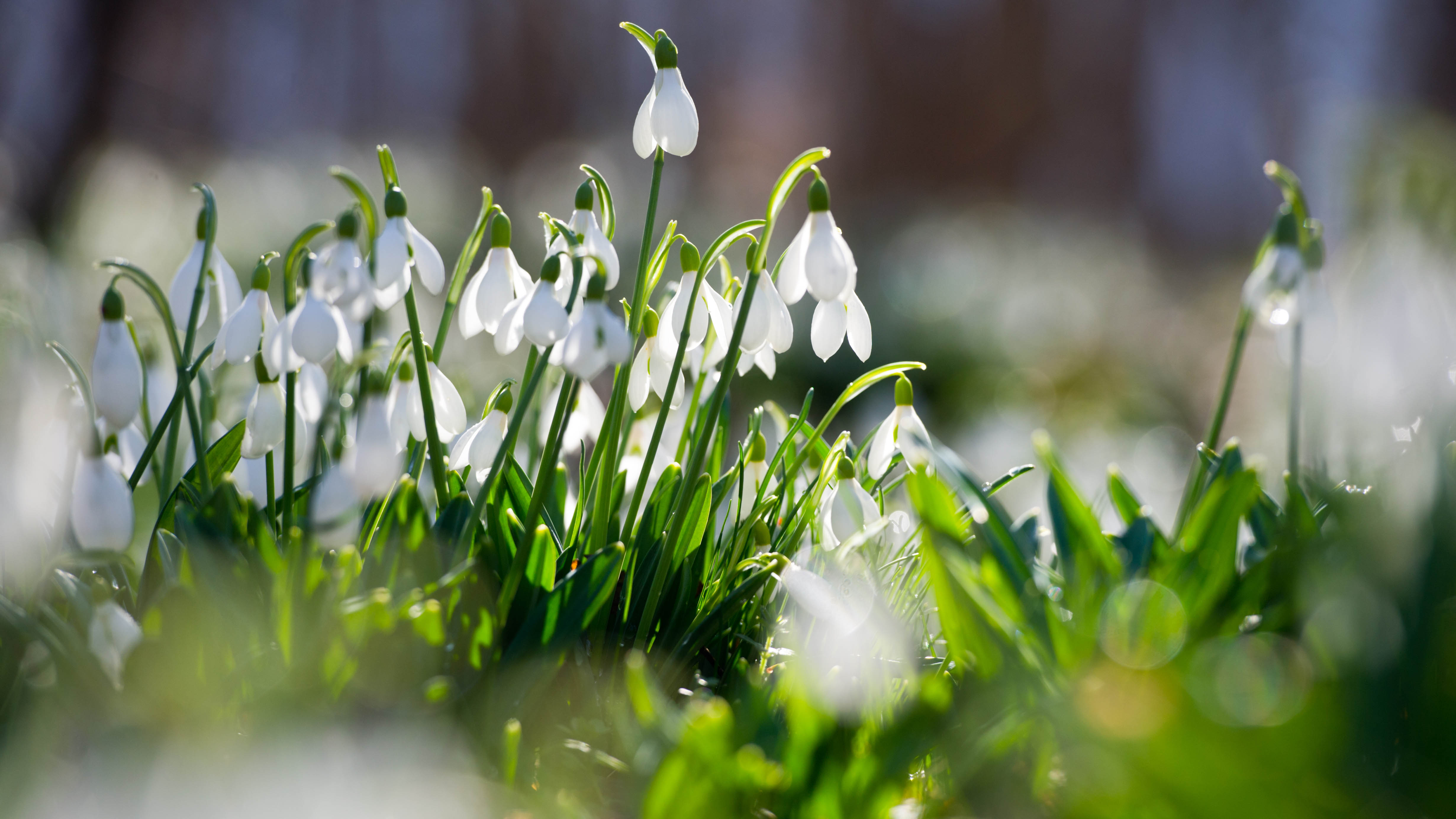
Daffodils, crocuses, and snowdrops are long-term players and will return year after year with the right aftercare. Leave their foliage in place until it yellows naturally, and you’ll help them store enough energy to flower again next spring.
Tulips, on the other hand, are a bit more unpredictable. While some varieties do come back reliably, many tend to fade after their first strong season.
If your tulips underperformed this year, producing smaller blooms or none at all, it might be time to lift and compost them. Trying to nurse weak tulips back into shape often results in disappointing displays.
Instead, dig them up once the leaves die down and discard them. You can also make a note to plant fresh bulbs in the fall for a guaranteed spring show.
5. Decide whether to remove seed heads
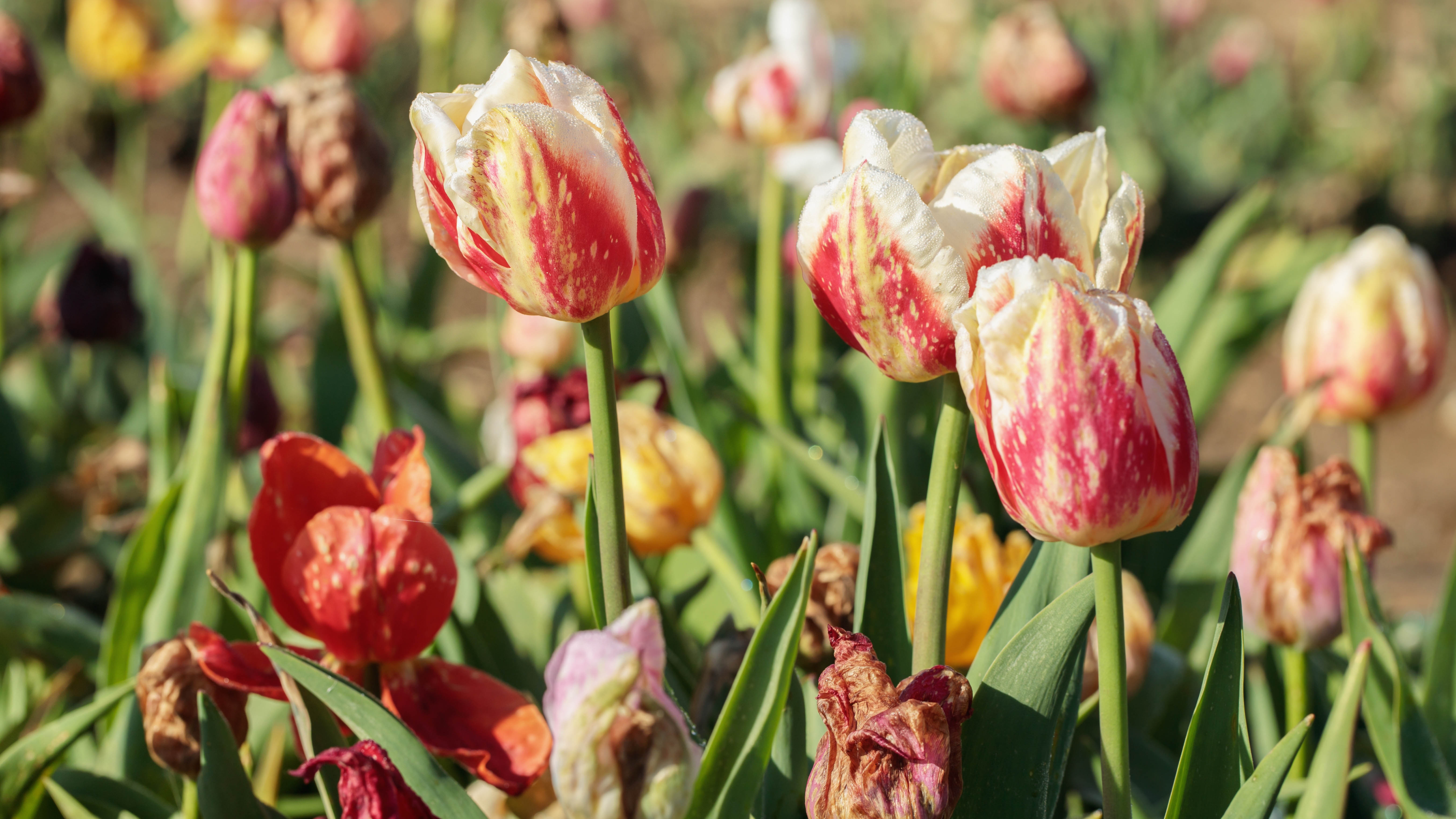
In some cases, letting seed heads develop can help bulbs spread naturally and increase next year’s display. This is especially true for smaller bulbs like crocuses and snowdrops, which often self-seed effectively when left undisturbed.
For others, like tulips, removing spent flower heads is usually the better option, as it allows the plant to redirect its energy into strengthening the bulb rather than producing seeds.
Daffodils and ornamental alliums sit somewhere in the middle. Deadheading is largely a matter of preference. It won’t significantly impact their performance, but some gardeners choose to snip for tidiness.
As a general rule, if you’re aiming to bulk up bulbs rather than encourage self-seeding, it’s worth removing seed heads to support future growth.
6. Disguise or manage yellowing foliage
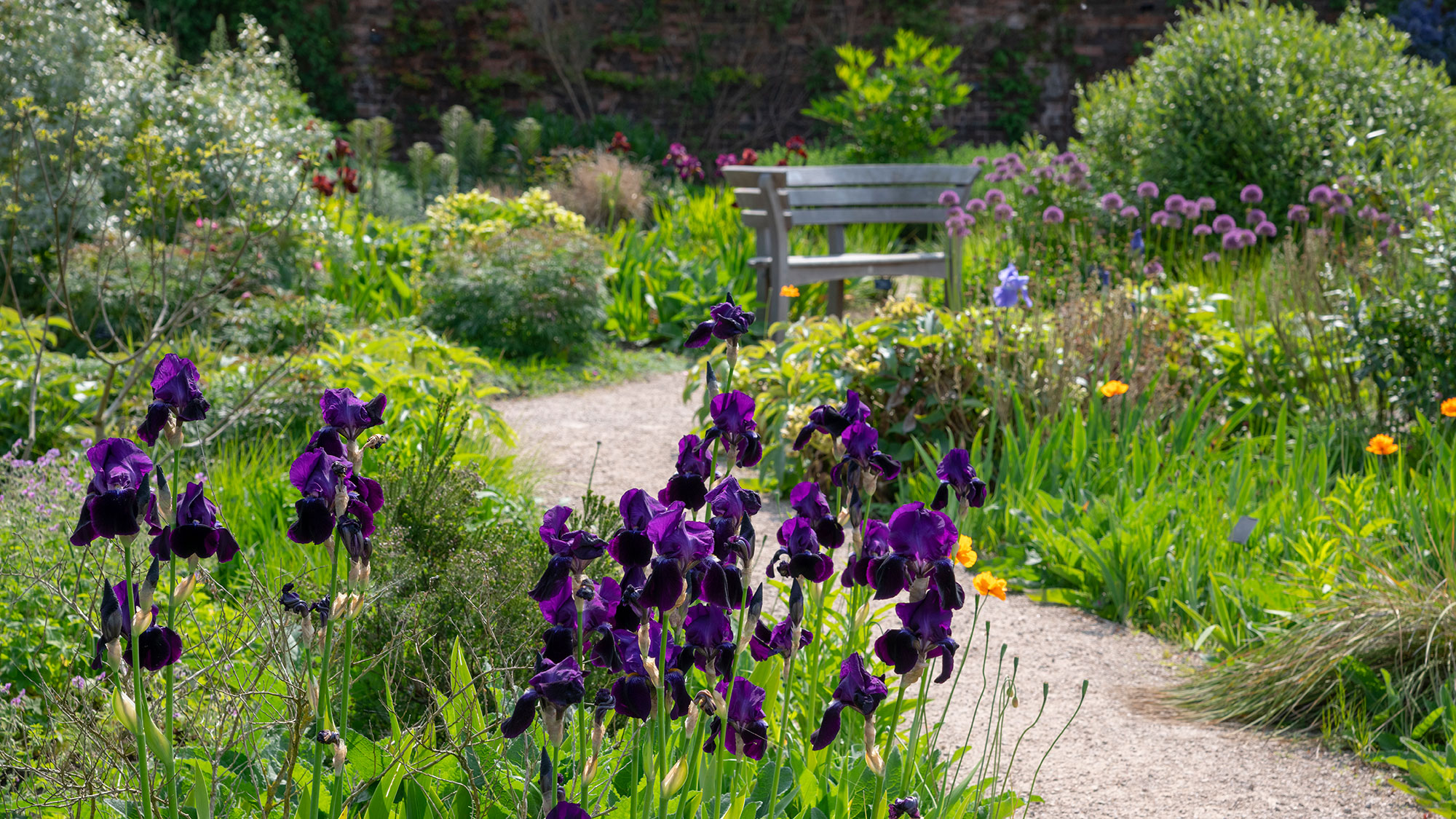
If yellowing leaves are spoiling the look of your spring garden, try planting bulbs among taller perennials like hostas, daylilies, or ornamental grasses. These plants provide natural cover, allowing bulb foliage to die back in peace while keeping your borders looking lush and intentional.
Alternatively, you can lift bulbs once flowering is over and carefully transplant them, with the foliage still attached, to a more discreet part of the garden. Just be sure to replant the bulbs in their original spot come autumn, so they’re ready to bloom again next spring.
7. Prepare bulbs for replanting

After the foliage has fully died back and all energy has returned to the bulb, you have two options: leave the bulbs in the ground to dry naturally, or lift and store them.
If you choose to lift them, gently brush off excess soil and allow the bulbs to dry thoroughly in a shaded, well-ventilated area. Once dry, store them in a cool, dry spot like a shed or garage until autumn.
When it's time to replant, wait until soil temperatures drop below 13°C, usually once nighttime temperatures dip to around 5°C. This timing helps prevent premature sprouting.
Avoid placing fertilizer directly into the planting hole, as it can damage young roots. Instead, apply a bulb-specific fertilizer as a top dressing after planting to support healthy growth and stronger blooms the following season.
Frequently asked questions
Do I need to fertilize spring bulbs after they flower?
Feeding your bulbs after flowering isn’t essential, but it can help give them a boost, especially if they’re perennial types like daffodils or crocuses that return year after year.
Once the blooms have faded and the leaves are still green, this is the ideal window for applying a balanced, bulb-specific fertilizer. The nutrients will support root development and improve the strength of next year’s flowers.
Avoid feeding too late in the season, when the foliage has already begun to yellow. At that point, the plant is shutting down for dormancy and won’t absorb nutrients as efficiently.
Instead of adding fertilizer into the planting hole (which can burn roots), sprinkle a light top dressing around the base of the plant, water it in gently, and let nature take care of the rest.
Should I dig up all my bulbs or leave them in the ground?
It depends on the type of bulb and your local conditions. Hardy bulbs like daffodils, crocuses, and snowdrops typically benefit from being left in the ground year-round.
They naturalise well, often multiplying over time and creating larger displays with each passing spring. Just make sure the soil is well-draining, sitting in damp ground over winter can cause rot.
Tulips are a bit fussier. They often underperform in their second year, especially in heavy soils or wet climates. If you notice poor flowering, it’s worth lifting them after the foliage dies back.
Store them in a cool, dry place over summer and replant fresh bulbs in the autumn to ensure a vibrant display.
What if my spring bulbs didn’t bloom well this year?
There are a few possible culprits behind a disappointing spring show. Cutting the leaves back too early is a common mistake, without enough time to photosynthesise, bulbs can’t store the energy they need for the next season.
Overcrowding, poor soil drainage, and nutrient deficiencies can also impact performance. To improve things next year, leave the foliage intact until it yellows naturally, and consider lifting and dividing overcrowded clumps in the autumn.
A gentle feed after flowering and a top-up of compost in the fall can also help give bulbs the conditions they need to thrive. Sometimes, it’s as simple as replacing older or underperforming bulbs with fresh ones to reinvigorate your display.
More from Tom's Guide

Kaycee is an Editor at Tom’s Guide and has been writing for as long as she can remember. Her journey into the tech world began as Cazoo's Knowledge Content Specialist, igniting her enthusiasm for technology. When she’s not exploring the latest gadgets and innovations, Kaycee can be found immersed in her favorite video games, or penning her second poetry collection.
You must confirm your public display name before commenting
Please logout and then login again, you will then be prompted to enter your display name.